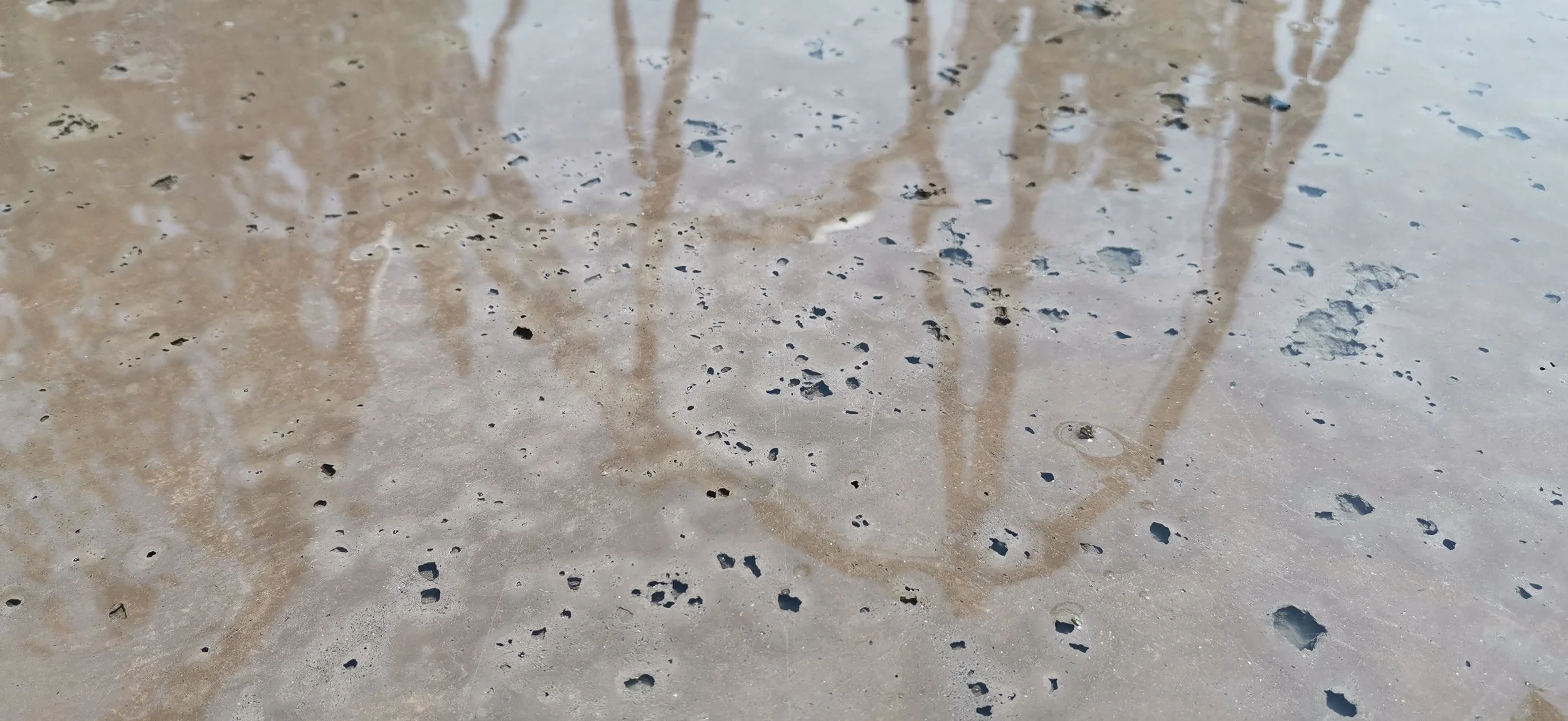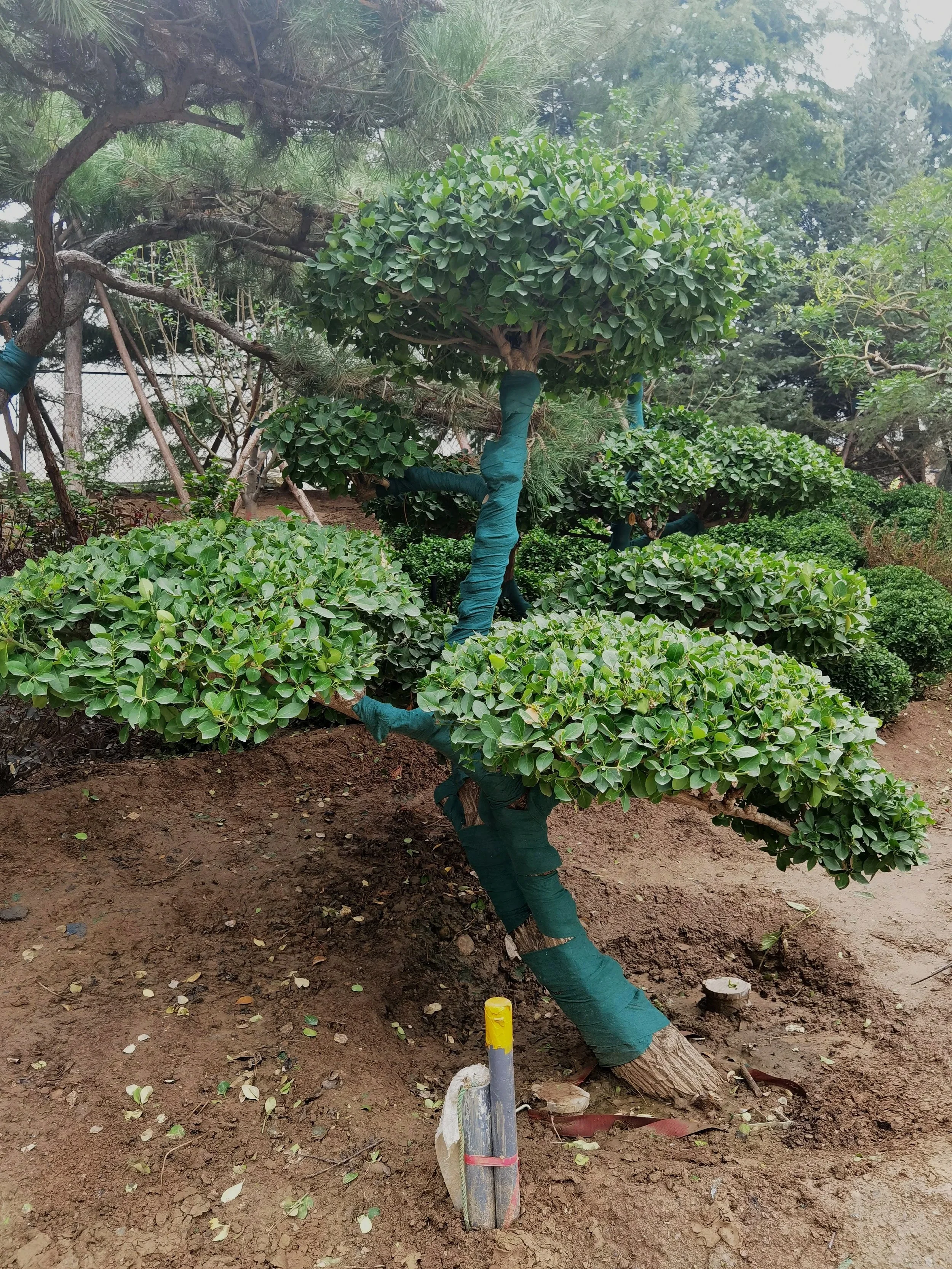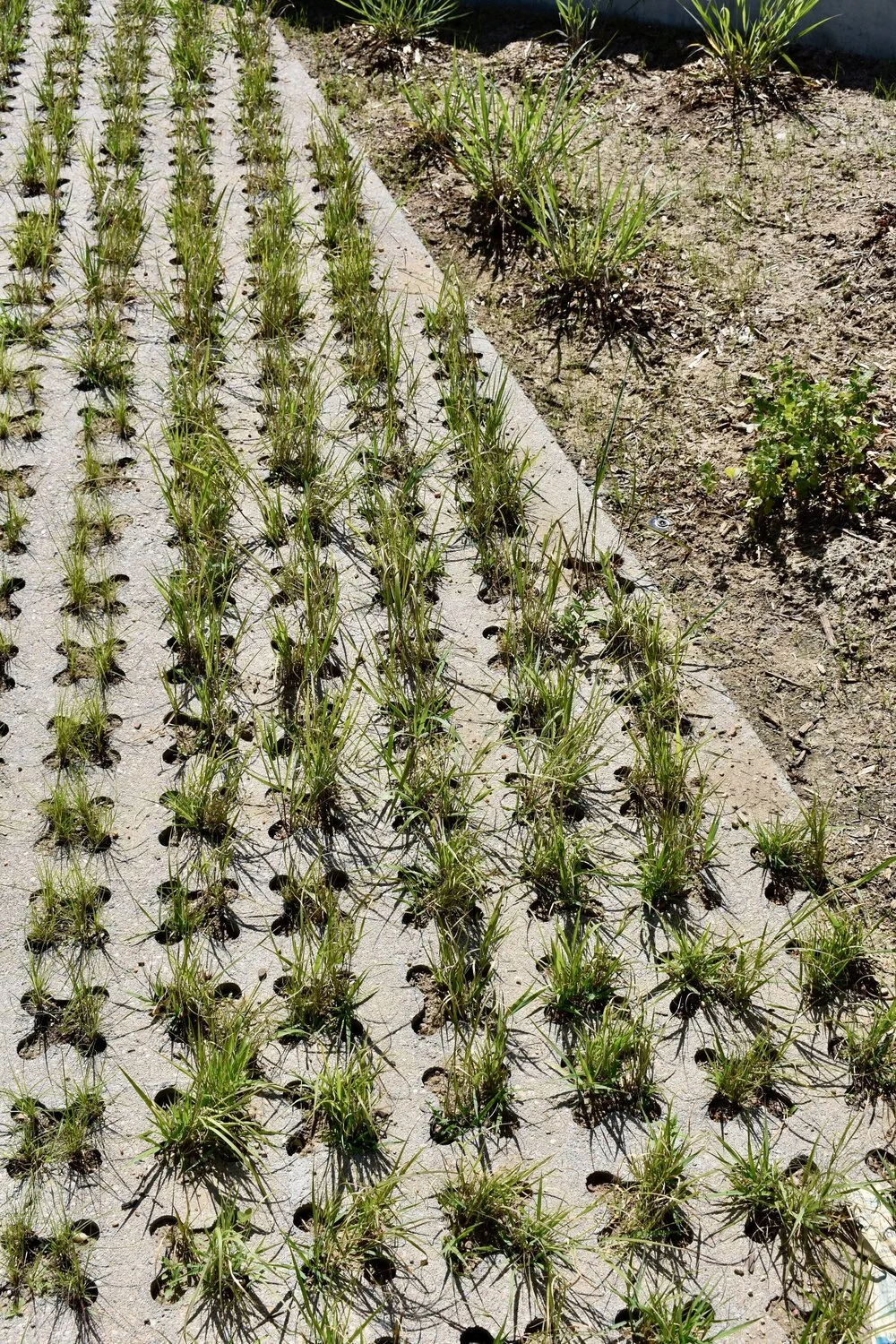Integrating Hardscapes and Softscapes in Themed Design
When you walk into a beautifully designed space, what truly brings it to life? Is it the concrete underfoot, the buildings and props surrounding you, the smell of food in the air, the textures you can touch, or the tree canopy swaying above your head? In truth, it’s all of them, working together in harmony. Immersive design comes not only from the balance of built systems but also from the living systems that weave through them. The integration of hardscapes and softscapes transforms environments from static scenes into living, breathing experiences.
At CASTO, this philosophy sits at the heart of how we approach themed construction. As specialists in themed finishes, we believe that true immersion begins when built and natural elements interact seamlessly to shape guest flow, comfort, and story.
Hardscapes: Structure, Function, and Aesthetics
Hardscapes are an integral part of every themed environment. They are composed of disciplines like, paving, tile, stonework and decorative concrete; including elements such as stairs, curbs, benches, retaining walls, walkways, plazas, interior flooring and more. Beyond aspects such as durability, functionality and safety, they define aesthetics, guide movement, and create spatial logic.
A thoughtfully designed hardscape doesn’t just support a space as a secondary element, it tells a story, guiding guests through form, color, and texture, hardscapes set tone and pace. Subtle shifts in surface texture can transition guests from one zone to another, while variations in pattern or color can guide direction and reinforce the narrative of a space. In themed construction, even the ground becomes part of the storytelling language, with every joint, curve, and texture working together to create a cohesive visual flow.
The role of hardscapes in themed construction extends far beyond the visual. They must handle ADA compliance, channel pedestrian flow, and endure high traffic while maintaining beauty. Material selection determines not just how something looks but how it performs over time. Textured surfaces help with traction; tonal variation reduces glare; and patterning can subtly cue direction, keeping crowds moving fluidly.
Thermal comfort also plays a critical role. In Florida’s climate, material and color choices directly affect surface temperature and guest comfort. A rock-salt finish, for example, can aid cooling by holding small amounts of water in the surface texture, naturally reducing heat buildup through evaporation. Similarly, “cool pavement” systems use higher reflectance or permeable structures to limit heat absorption. However, balance is key, highly reflective materials may increase glare or clash visually with surrounding finishes. Achieving thermal comfort requires understanding both climate and context.
At CASTO Creative, we view hardscapes as both canvas and craft. The material beneath your feet should feel purposeful, drawing you through the environment while working quietly to maintain accessibility, durability, and comfort.
Softscapes: Life, Comfort, and Sensory Connection
If hardscapes provide structure, softscapes provide soul. Trees, shrubs, turf, vines, living walls, and seasonal plantings all bring vitality to a space. They add softness, shade, and motion, the qualities that turn static plazas into living environments. Properly integrated, softscapes moderate temperature, improve acoustics, absorb stormwater, and enhance visual balance.
In themed environments, softscapes are storytellers too. They frame sightlines, guide attention, and create emotional resonance. A single tree placed at the right focal point can anchor an entire plaza. A vine-draped wall can blur the line between built and natural, deepening immersion. Flowers and native plantings add color and texture that evolve over seasons, reminding guests that the environment is alive and dynamic.
The benefits of biophilic design, the human instinct to connect with nature, are well documented. Research from Terrapin Bright Green shows that exposure to greenery reduces stress and improves well-being. In themed construction, these benefits translate into comfort and memory. When guests feel at ease, they stay longer and return more often. By engaging the physical senses such as sight, smell, touch, and even sound, softscapes unlock emotional responses that hard surfaces alone cannot achieve.
Fragrance and pollinator-friendly design further elevate this sensory connection. The scent of blooming jasmine or the flutter of butterflies around a water feature adds layers of experience that guests feel subconsciously. In many ways, these small details forge emotional bonds that turn first-time visitors into loyal guests.
The Balance: Systems, Edges, and Transitions
The magic of a space depends on balance. Too much hardscape, and a place feels sterile, hot, and uninviting. Too much planting, and pathways become obstructed or unsafe. Integration is both an art and a technical discipline.
Thoughtful design begins at the seams, the edges and transitions where built meets living. Riprap zones, curbing, and planting thresholds should be detailed to merge textures rather than divide them. Well-placed curbs, clean thresholds, and defined planting beds ensure cohesion between materials and greenery knitting together the built, with the living. Benches, walkways, and tree lines can be positioned to frame views and create movement, guiding people naturally through shaded, comfortable spaces.
“Pervious paving systems serve as one of the best examples of this balance. They link hard and soft elements through function, allowing water to pass through the surface, recharge groundwater, and reduce runoff.”
Pervious paving systems serve as one of the best examples of this balance. They link hard and soft elements through function, allowing water to pass through the surface, recharge groundwater, and reduce runoff. However, they require proper base design, sweeping, and maintenance to prevent clogging. These systems not only protect the environment but also visually blend built and natural features into a cohesive design language.
Tree planning requires similar foresight. Without sufficient soil volume or structural support, roots can crack and lift hardscapes, (Insert Folder 8 here) leading to costly repairs. Incorporating structural soil cells or engineered soil zones beneath paving allows roots to expand safely while maintaining slab integrity. Companies like DeepRoot have pioneered solutions that enable healthy canopy growth without compromising structure, a critical advancement for designers seeking long-term performance. Regular maintenance, such as vacuuming permeable surfaces or pruning vegetation ensures visual clarity and safety. Following CPTED (Crime Prevention Through Environmental Design) principles, maintaining clear sightlines and appropriate plant heights preserves security without sacrificing aesthetics. Ultimately, success lies in the invisible details. When the seams disappear, the environment feels whole.
Why It Matters in Themed Design
Hardscapes and softscapes aren’t competing elements, they’re partners in creating memorable experiences. Hardscapes anchor the story, establish direction, ensure durability and functionality while softscapes infuse life, emotion, and comfort. Together, they shape not just how guests move through a space, but how they feel while doing so.
In themed construction, this balance transforms functionality into art. A shaded walkway feels cooler and more inviting. A textured surface feels hand-crafted and timeless. A tree canopy, when aligned with architectural sightlines, can pull the story upward, creating both awe and relief from the sun.
Beyond guest comfort, these systems support environmental stewardship. Sustainability and ecology are no longer afterthoughts, they’re design drivers. From heat mitigation to stormwater management, the integration of living and built systems contributes to performance longevity, lower maintenance costs, and a reduced environmental footprint.
CASTO Creative’s Perspective and Forward Look
At CASTO Creative, we approach themed construction with the belief that finishes should never exist in isolation. The surfaces we craft, whether decorative concrete, carved stone, or resinous coatings, are part of a larger dialogue with nature. Every detail, from the color of a walkway to the placement of a tree, contributes to comfort, and storytelling.
As the industry continues to evolve, the next step lies in designing environments that function as ecosystems, where concrete supports root systems, finishes harmonizing with foliage, and art lives alongside nature. This integration doesn’t just build better places; it builds stronger connections between people and the spaces they inhabit.
Looking ahead, we’ll continue exploring how ecological design and native plant systems deepen themed storytelling and performance. Because at the end of the day, the most immersive environments aren’t just built, they’re grown.












